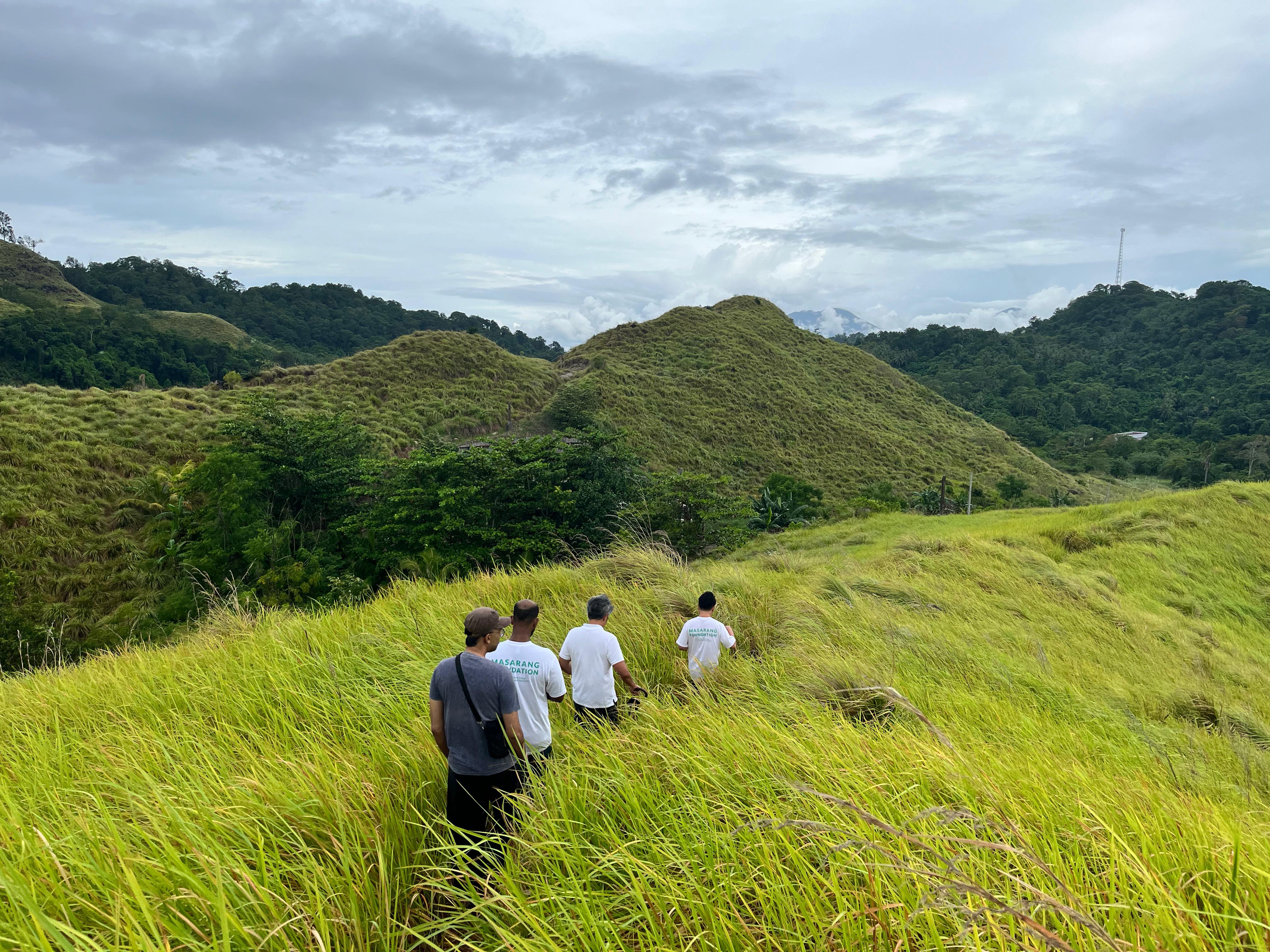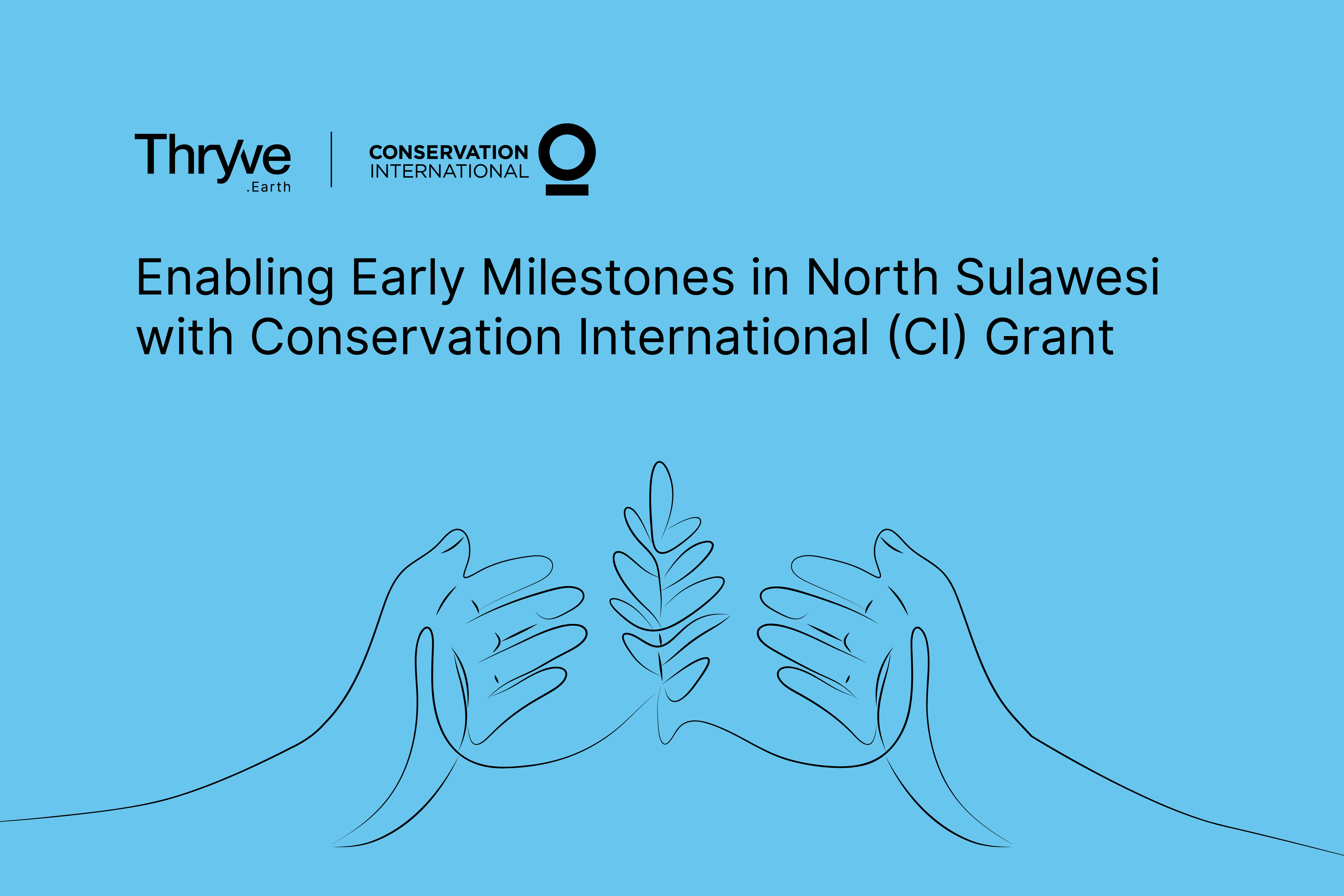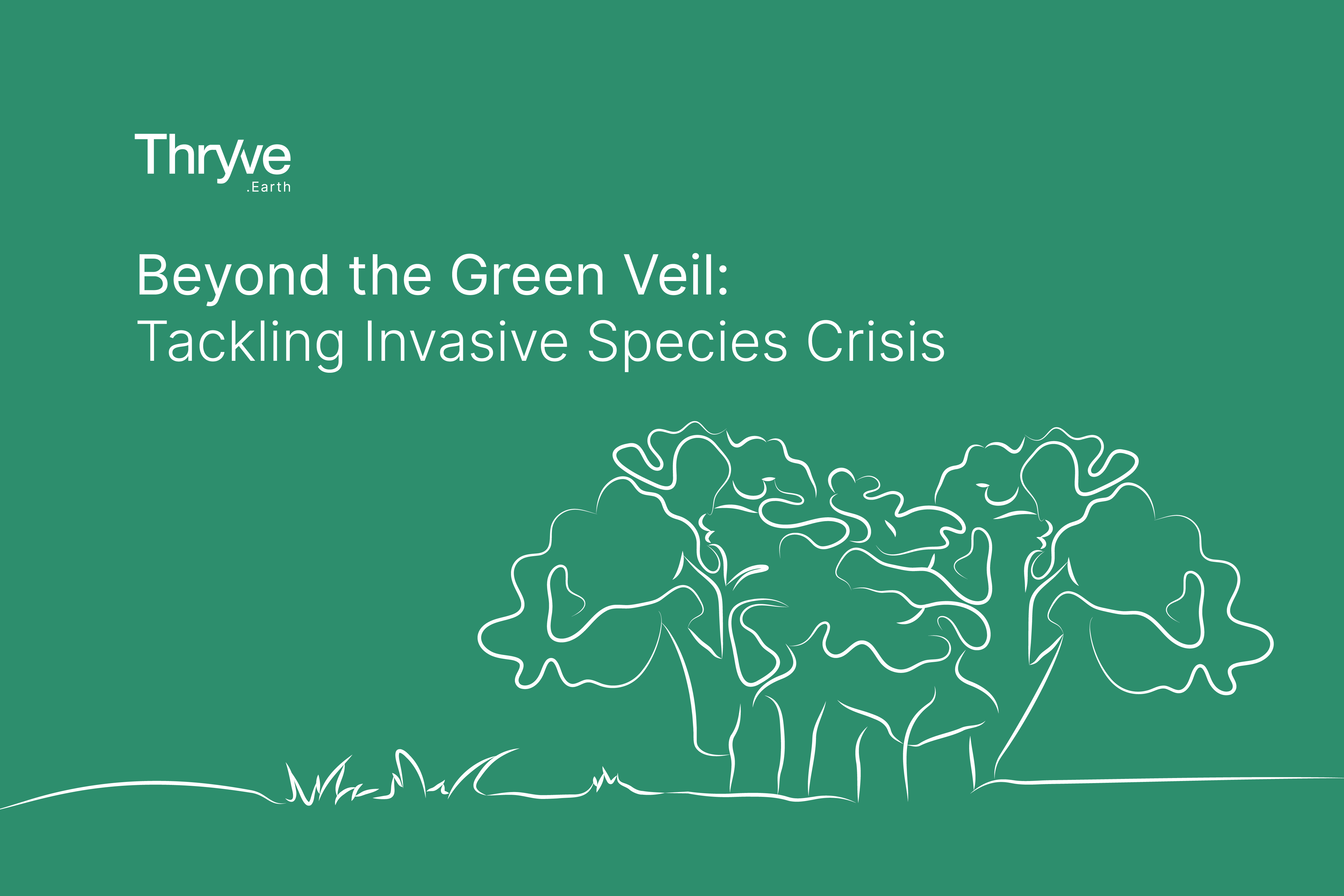At Thryve, every carbon project starts with a question:
How much carbon does this land hold, and how much more could it store if restored?
To answer that with integrity, we use high-resolution biomass mapping as a scientific baseline. Not global averages. Not assumptions. But data rooted in place, built from satellite imagery, machine learning models, and field-verified measurements for a locally accurate picture of carbon potential.
This approach helps us pinpoint where nature-based solutions can deliver the greatest climate impact, while avoiding the risks of over-crediting or missed opportunity. It’s how we design restoration efforts that are not just hopeful, but measurable and built to last.
In this blog, we break down our approach, explore why generic datasets fall short and show how our locally calibrated biomass pipeline delivers value for landowners, capital partners, and field organizations, enabling clearer decisions, reduced risk, and greater trust in outcomes.
Read the PDF to learn more about how our biomass methodology is changing the way nature-based carbon projects are built.
Download PDF
Learn how we use biomass to design credible,
high-impact carbon projects.
Gallery
Ingin bermitra dengan kami?









